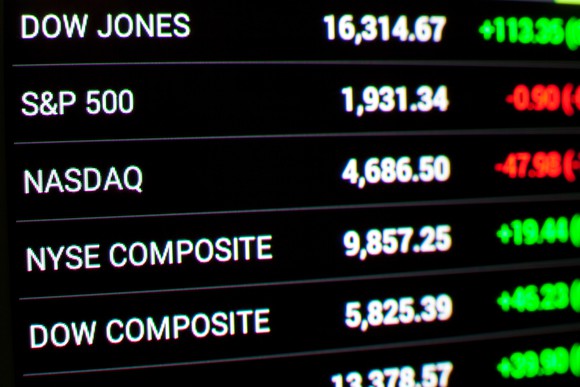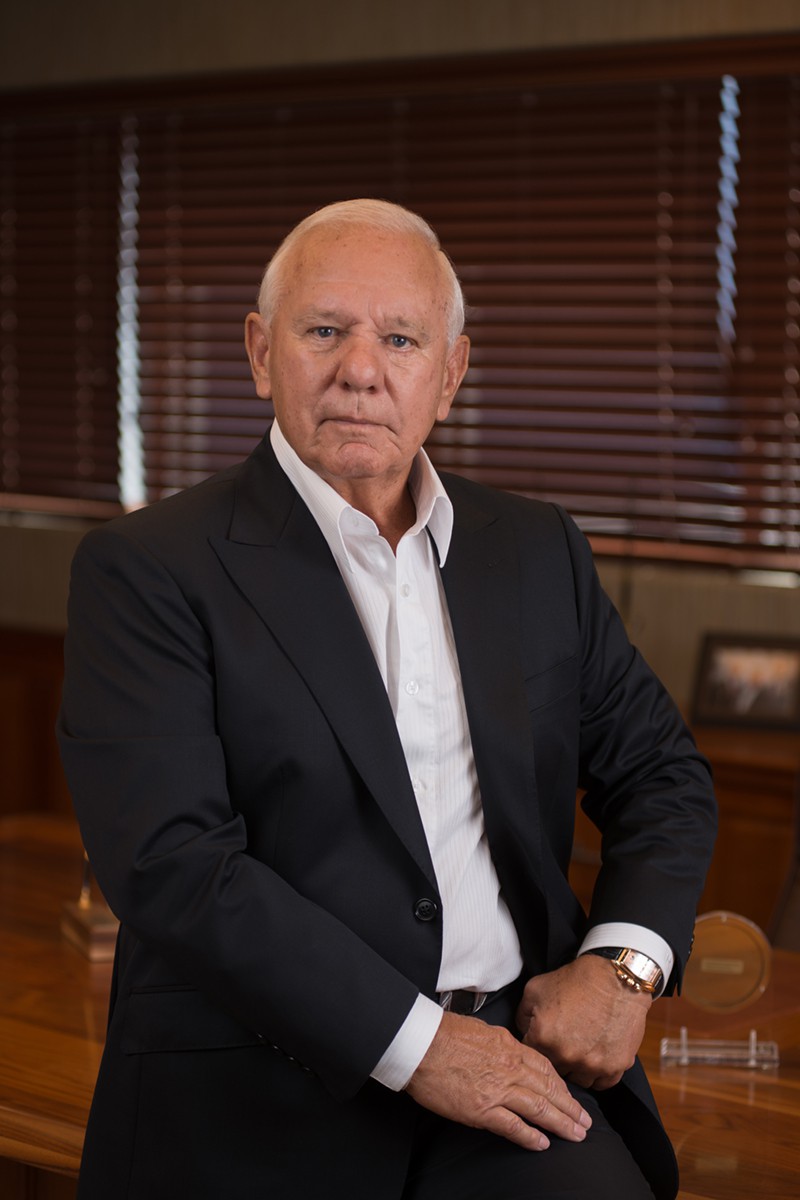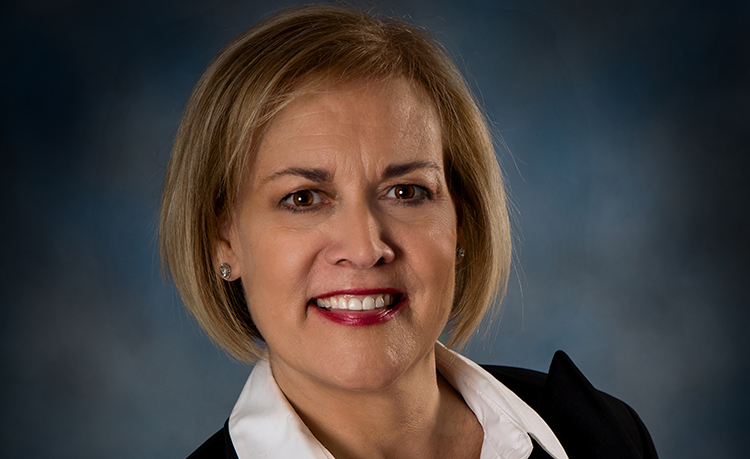Let’s face the facts: The Dow is a historic novelty, and the S&P 500 is a much better stock market barometer.
I’ve been alive for nearly 37 years, and for as long as I can remember, the investing world has revolved around the iconic Dow Jones Industrial Average (DJINDICES:^DJI). The Dow, as it’s more commonly known, isn’t America’s oldest index. That title goes to the Dow Jones Transportation Index, which also happened to be created by Charles Dow. Nevertheless, it was the Dow, currently featuring a complement of 30 U.S. multinational companies from a variety of industries, that grew into the index widely followed by retail investors and Wall Street bigwigs.
Earlier this year, you couldn’t read a financial newspaper without a back-and-forth discussion as to when the Dow would eclipse the 20,000-point mark. Shortly after the Dow did eclipse 20,000, attention turned to when it’d hit the 21,000-point threshold, albeit the hoopla surrounding 21,000 was tame compared to 20,000. This pattern of milestone-breaking, and the focus on what are perceived to be America’s most prominent multinational companies, is what keeps the Dow relevant.
IMAGE SOURCE: GETTY IMAGES.
Give it up, folks. The Dow is yesterday’s news
But I have news for Wall Street and retail investors: It’s time to let your love affair with the Dow go. What was once the most esteemed of investing indexes is now as outdated as the rotary phone. Here are five reasons to stop paying close attention to the Dow and instead make the S&P 500(SNPINDEX:^GSPC) your go-to market barometer.
1. It’s a price-weighted index, which makes no sense
Arguably the biggest issue with the Dow Jones is that it’s a price-weighted index. This means that companies with a higher share price, not a higher market capitalization, hold more weighting in the index, which makes no sense. The Dow Jones divisor, which helps determine what each “point” is worth for the 30 companies that are represented in the index, changes occasionally to reflect stock splits and the addition and removal of companies from the index.
According to The Wall Street Journal, the Dow’s divisor as of June 29, 2017, was 0.1460212805775. In other words, each point for its 30 listed companies is worth 6.848 Dow points. Goldman Sachs (NYSE:GS), with its $224.41 share price as of the close on June 29, accounts for 1,537 of the Dow’s total points. By comparison, General Electric (NYSE:GE), which handily trumps Goldman Sachs’ market cap by $146 billion, only accounts for 185 Dow points with its $27.02 share price. Like I said, it makes no sense.
The S&P 500, which is weighted by market cap, makes sense. Bigger companies should have more influence over the index, regardless of their share price.

IMAGE SOURCE: GETTY IMAGES.
2. The S&P 500 has a considerably larger total market cap
Another issue is that the Dow isn’t all that representative of the U.S. stock market. Based on its closing price on June 29, the total market capitalization of the companies in the index was about $6.37 trillion. That’s certainly no small sum of value, but it is dwarfed in comparison to the S&P 500. Based on the S&P 500’s June 29 close, it had a total market capitalization of $21.8 trillion, or approximately 3.4 times higher than the Dow.
In other words, if you follow the Dow, you may not be getting a complete look at true stock market and economic health. The S&P 500, which actually has a hair over 500 companies in the index, gives you a broader look at the health of the market.
3. Not all sectors are represented in the Dow
To build upon the previous point, the Dow Jones also doesn’t fully represent all of the stock market’s sectors. As of mid-October 2016, nearly 20% of the Dow Jones’ market value was made up of industrial sector stocks, while there was absolutely no representation from the utilities and real estate sectors.
By comparison, the S&P 500 had a tamer 9.7% weighted to industrials, and gave utilities and real estate respective weightings of 3.3% and 3%. In short, with the S&P 500 you get a more realistic sector-weighting distribution because there are far more data points to count, whereas the Dow only utilizes 30 multinational companies in its index, minimizing the opportunity for sector diversity.

IMAGE SOURCE: GETTY IMAGES.
4. Some very prominent companies are missing from the Dow
Further building the case against the Dow, some very prominent companies are missing from the index. For example, Alphabet, the parent company of dominant search engine Google, is the second-largest company by market cap in the U.S., and it’s not part of the Dow. E-commerce powerhouse Amazon.com is the fourth-largest company by market cap, and it, too, isn’t in the Dow. Just heading down the list of the top 10 largest companies, Facebook, Berkshire Hathaway, and Alibaba Group aren’t in the Dow, either.
What about the S&P 500, you ask? With the exception of Alibaba, which has only been a publicly traded company for less than three years, every other company among the stocks with the largest market cap is in the S&P 500. Once again, it’s far more representative of the actual health of the stock market than the Dow.
5. The Dow’s movements won’t track your investment portfolio
Lastly, there’s a pretty decent chance that your investment portfolio is probably going to perform very differently from the Dow Jones, which again is only made up of a small handful of U.S. multinationals. Comparing the performance of your portfolio to the Dow is akin to comparing an apple to an orange.
The S&P 500, on the other hand, has enough market-cap and sector diversity that its movements should be more representative of how the overall market is performing. This isn’t to say that your investment portfolio is going to mirror the S&P 500, but it gives you a proper benchmark that you should be regularly trying to outperform.
Look, the Dow is overflowing with history, and no one can take that away. But that’s exactly what the index has become: a historic novelty. It’s time for Wall Street to end its love affair with the Dow Jones Industrial Average and proclaim the S&P 500 as the one true market barometer.
10 stocks we like better than DOW JONES INDUSTRIAL AVERAGE
When investing geniuses David and Tom Gardner have a stock tip, it can pay to listen. After all, the newsletter they have run for over a decade, Motley Fool Stock Advisor, has tripled the market.*
David and Tom just revealed what they believe are the ten best stocks for investors to buy right now… and DOW JONES INDUSTRIAL AVERAGE wasn’t one of them! That’s right — they think these 10 stocks are even better buys.
*Stock Advisor returns as of July 6, 2017
Suzanne Frey, an executive at Alphabet, is a member of The Motley Fool’s board of directors. Sean Williams has no position in any stocks mentioned. The Motley Fool owns shares of and recommends Alphabet (A and C shares), Amazon, Berkshire Hathaway (B shares), and Facebook. The Motley Fool owns shares of General Electric. The Motley Fool has a disclosure policy.
















